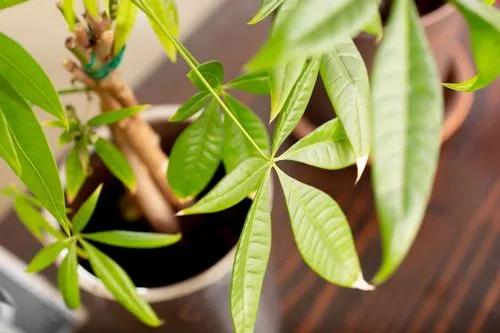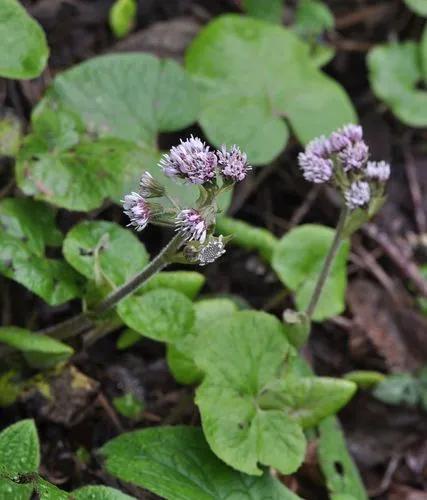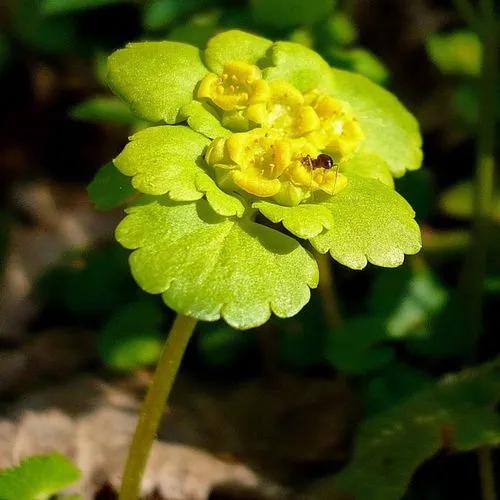The Philodendron Pink Princess is one of the most stunning and beautiful houseplants to grow. With its dark green leaves and bright pink variegation, this indoor plant is rightly called the “pink princess.” Pink Princess philodendron plants grow well in pots or in hanging baskets where the trailing vines and pink leaves create a stunning showpiece.
Philodendron Burgundry Princess Care
Philodendron erubescens 'Burgundy Princess



How to Care for the Plant

Water

As a general rule, only water your plant when the top 1” to 2” has dried out. When you water, pour water in the pot until it drains out the bottom. This type of watering technique ensures the plant roots get enough nourishment, and the pink leaves grow healthy. Water your Philodendron as often as it needs when the soil is partly dry.

Pruning

A Philodendron Pink Princess benefits from regular pruning. The best time to prune your plant is in spring or fall—just before or just after the growing season. You can prune off any leaves that appear yellow or dying. Proper pruning can encourage vigorous growth and prevent leggy stems from spoiling the plant’s appearance. To prune a Philodendron erubescens, always make a clean cut just above the node—the place where leaves attach to the stem. New pink and dark green or burgundy leaves will grow from the node. Pruning not only helps encourage new growth but helps control height if space in your room is limited.

Fertilizer

The best type of fertilizer for a Pink Princess is a balanced liquid fertilizer with micro and macro nutrients. Feed your plant every four weeks during the growing season—spring and summer. Stop fertilizing during fall and winter when growth slows down.

Sunlight

Philodendron Pink Princess grows best in bright indirect light. This kind of light provides the ideal lighting conditions for healthy growth and balanced variegation. Filtered light is also excellent—the main thing is that the sun doesn’t shine directly on the leaves. So, the best place is in an east- or west-facing room that gets sunlight for part of the day.

Soil

The best type of potting mix for Philodendron erubescens should provide enough nutrients, hold moisture, but not become soggy. To create the ideal growing medium, mix peat-based soil with perlite or orchid substrate. The rich, organic peat is fertile and holds moisture, and the other ingredients allow excess water to drain. Like many types of aroids, this Philodendron variety has aerial roots. These draw moisture and nutrients from the air. Philodendron plants also have subterranean roots. So, you can grow your pink plant in a soilless mixture such as sphagnum moss or peat-pearlite.

Temperature

Philodendron Pink Princess plants thrive in average room temperatures. The best temperature range for healthy growth is between 60°F and 84°F (16°C – 29°C). However, if you can keep the temperature above 65°F (18°C), that is even better. Follow that temperature guide if you grow your pink-leaved plant outdoors in containers.

Popularity

215 people already have this plant 70 people have added this plant to their wishlists
Discover more plants with the list below
Related articles






